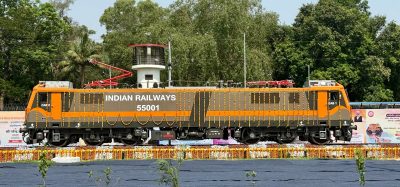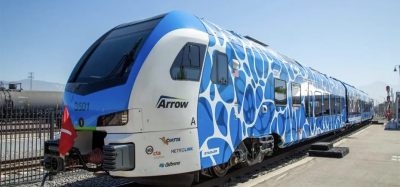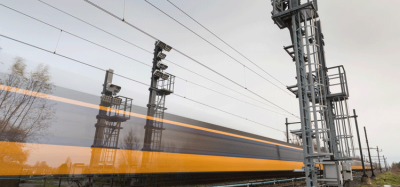New research project aims to improve rail navigation technology
Posted: 10 November 2020 | Global Railway Review | No comments yet
The project aims to tackle one of the rail sector’s biggest challenges: How to pinpoint the accurate location of a moving train.


A new research project aimed at improving railway navigation technology in an effort to reduce train delays and increase passenger experience has been launched at the University of Birmingham.
The project aims to tackle one of the rail sector’s biggest challenges: How to pinpoint the accurate location of a moving train. Overcoming this challenge is key to ensuring fewer train delays and increased passenger safety.
The University of Birmingham-led UK Quantum Technology Hub Sensors and Timing and the University of Birmingham’s Birmingham Centre for Railway Research and Education (BCRRE) are joining forces to solve this problem.
Experts from both centres will collaborate to develop a system for quantum-enabled navigation, which is a standalone system capable of capturing highly accurate measurements without reliance on Global Navigation Satellite Systems (GNSS), which will help engineers ensure the health of the railway track and passenger ride comfort.
Director of BCRRE at the University of Birmingham and Co-Investigator for the Navigation work package at the Quantum Technology Hub, Professor Clive Roberts, said: “The system we are developing will have gravity map-matching capabilities, allowing engineers to understand what is happening underneath the track, as well as the train’s movement. The quantum sensors will provide highly accurate measurements that will help to detect the rate of change of the track and, subsequently, any deteriorations which might lead to faults.”
Professor Costas Constantinou, Chair of Communication Electrodynamics and Director of Research and Knowledge Transfer at the University of Birmingham’s College of Engineering and Physical Sciences, said: “Our dependence on GPS can leave navigation systems vulnerable to spoofing or, more frequently, loss of positioning due to weak network signals – a particular challenge when trains are moving through tunnels, for example. Our standalone navigation system does not rely on satellite signals and is, therefore, not exposed to the same external risks experienced by GNSS.”
As part of the project, field tests will take place on the test track at Long Marston, in Warwickshire in early 2021, where sensors will be installed on a purpose-built stabilisation platform in a train.
Industry collaboration is central to the Quantum Technology Hub’s goal of translating science into real-world applications, and Hub academics are working with Network Rail and other international railway organisations to bring precise navigation to the rail sector.
Stay Connected with Global Railway Review — Subscribe for Free!
Get exclusive access to the latest rail industry insights from Global Railway Review — all tailored to your interests.
✅ Expert-Led Webinars – Gain insights from global industry leaders
✅ Weekly News & Reports – Rail project updates, thought leadership, and exclusive interviews
✅ Partner Innovations – Discover cutting-edge rail technologies
✅ Print/Digital Magazine – Enjoy two in-depth issues per year, packed with expert content
Choose the updates that matter most to you. Sign up now to stay informed, inspired, and connected — all for free!
Thank you for being part of our community. Let’s keep shaping the future of rail together!
Related topics
Digitalisation, Passenger Experience/Satisfaction, Signalling, Control & Communications, Technology & Software, Track/Infrastructure Maintenance & Engineering
Related organisations
Birmingham Centre for Railway Research and Education (BCRRE), Network Rail, UK Quantum Technology Hub, University of Birmingham







